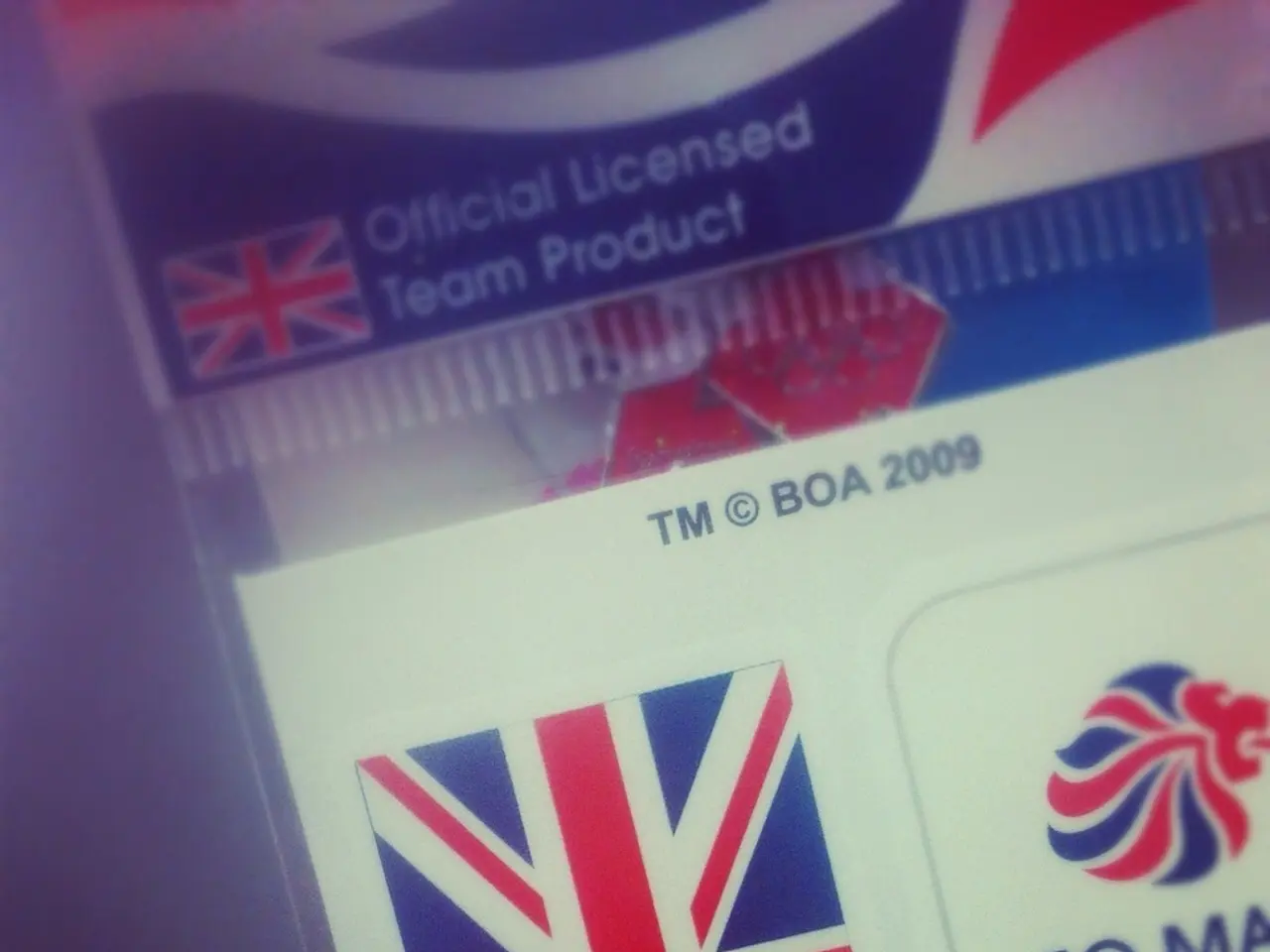Exhibited since 2003 in Washington, the aircraft responsible for the Hiroshima atomic bombing, namely the Enola Gay, remains on public display
The Enola Gay, a Boeing B-29 Superfortress bomber, holds a unique place in history as the aircraft that delivered the first atomic bomb in warfare. On August 6, 1945, this plane, named after Commander Paul Tibbets' mother, took off from the Mariana Islands and dropped the atomic bomb named "Little Boy" over Hiroshima, Japan.
This event marked a pivotal moment in World War II and world history, leading to unprecedented destruction and the eventual surrender of Japan. The Enola Gay was part of the U.S. Army Air Forces' top-secret "Silverplate" program, which modified B-29s for the delivery of atomic bombs.
Piloted by Colonel Paul Tibbets, the Enola Gay's crew of 12 braved the skies in a temperature-controlled and pressurized environment, a testament to the advanced technology of the time. The explosion that followed killed tens of thousands at once and caused widespread devastation. Three days later, a second B-29, Bockscar, dropped another atomic bomb on Nagasaki. Japan surrendered officially on September 2, 1945.
The Enola Gay was kept in service for several years after the war, later transferred to the Smithsonian Institution in 1949. It underwent extensive restoration starting in 1984 due to exposure damage and vandalism. The restored aircraft is currently displayed at the Steven F. Udvar-Hazy Center in Virginia as an important historical artifact.
The Boeing B-29 Superfortress itself was a highly advanced bomber for its era, featuring pressurized cabins for high-altitude flight and remote-controlled gun turrets. It was the only aircraft to have delivered nuclear weapons in combat. The Enola Gay stands as a powerful symbol of both technological innovation in aviation and the profound ethical and historical impact of nuclear warfare.
In the United States, the Enola Gay is both seen as a tool that helped end World War II and as the executioner of approximately 140,000 people in Hiroshima. Its display in a museum near Washington Airport serves as a reminder of the human cost of technological advancement and the doubts and fears about nuclear war. According to Jeremy Kinney, the presence of the Enola Gay in a museum keeps the memory of the nuclear attack alive to prevent history from repeating the darkest hours.
The Enola Gay is considered a significant artifact in the history of nuclear war and the Cold War. It represents the end of World War II and the beginning of the nuclear age, influencing global military strategy, diplomacy, and moral debates to this day. The Enola Gay, with its contradictory emotions about human technological progress and its potential for destruction, continues to be a symbol of the profound impact of nuclear warfare on our world.
References: 1. National Museum of the United States Air Force. (n.d.). Enola Gay. Retrieved from https://www.nationalmuseum.af.mil/Visit/Museum-Exhibits/Fact-Sheets/Display/Article/126184/enola-gay/ 2. Smithsonian National Air and Space Museum. (n.d.). Enola Gay. Retrieved from https://airandspace.si.edu/exhibitions/enolagay/ 3. United States Strategic Bombing Survey. (1946). Interim Report on the Effects of Atomic Bombs, Hiroshima and Nagasaki. Retrieved from https://www.gpo.gov/fdsys/pkg/GPO-SSBS-1946/pdf/GPO-SSBS-1946-vol2.pdf 4. Sagan, S. D., & Waltz, K. N. (1995). The Spread of Nuclear Weapons: More Than One Path. Brookings Institution Press.
The crew of the Enola Gay braved the skies in an advanced technological environment, a testament to the technological advancements of the time. The explosion that followed the dropping of the atomic bomb over Hiroshima caused irreversible damage to the environment, demonstrating the dual nature of technological progress, with potential for both innovation and destruction.




